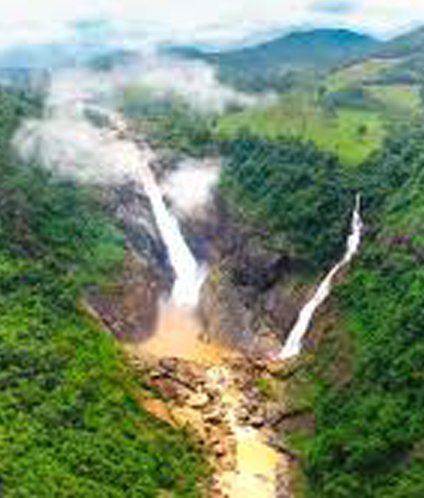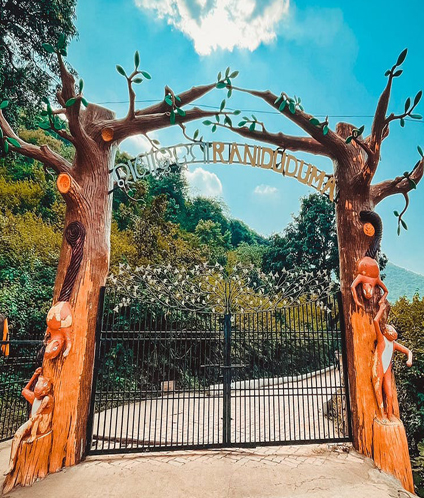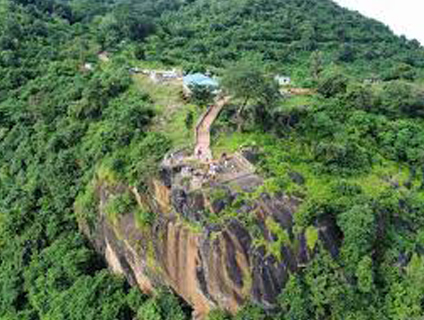


There are many variations of passages of available but the majority have suffered alteration in some form, by Odisha Tourism Koraput.
Koraput is a district in southern Odisha, India, renowned for its rich tribal heritage, scenic landscapes, and cultural diversity. Here's an overview of its key aspects:
There are many variations of passages of available but the majority.
There are many variations of passages of available but the majority.
There are many variations of passages of available but the majority.
Situated in the Eastern Ghats, Koraput spans an area of approximately 8,807 km². The district features two main plateaus at elevations of about 3,000 and 2,000 feet, separated by hills. Deomali, the highest peak in Odisha at 1,672 meters, is located here. The region experiences a warm and humid climate, with average summer temperatures around 34°C and winter temperatures dropping to about 10°C. Annual rainfall averages between 160 cm and 190 cm, primarily during the monsoon months of July and August.
Koraput district was established on April 1, 1936, coinciding with the formation of the state of Odisha. Historically, it was part of the Nandapur Kingdom under the Silavamsi dynasty, with the capital later shifting to Jeypore during the reign of Maharaja Vira Vikram Dev in the 17th century.
As per the 2011 Census, Koraput has a population of approximately 1.38 million, with a literacy rate of 49.21%. The district is predominantly inhabited by tribal communities, including the Paraja, Gadaba, Bonda, and Kondh, who constitute over 50% of the population. Koraput is known for its vibrant tribal culture, featuring distinct traditions in painting, architecture, sculpture, handicrafts, music, and dance.
The economy of Koraput is primarily agrarian, with agriculture heavily dependent on monsoon rainfall. The district is notable for its indigenous rice varieties, and in recognition of the traditional agricultural practices, the Food and Agriculture Organization (FAO) designated Koraput as a Global Agricultural Heritage Site in 2012. Major industries include Hindustan Aeronautics Limited (HAL) in Sunabeda, NALCO's alumina refinery in Damanjodi, and hydroelectric power stations at Kolab and Machkund. The region is also rich in mineral resources like bauxite and limestone.
The district celebrates "PARAB," an annual tribal festival organized by the District Council of Culture. Held in November, the festival showcases tribal music, dance, crafts, and cuisine, attracting visitors from across the country.
AIR :-Nearest air strip is at Jeypore (Odisha), 25 Kms from Koraput. Visakhapatnam (Andra Pradesh) airport to Koraput 202 Kms.
TRAIN :- Well connected from Vijayanagaram (A P),Visakhapatnam (A P), Bhubaneswar & Calcutta.
Road:-NH 26 passes through the District. Buses available from Bhubaneswar,Brahmapur,Rayagada ,Vijayanagaram (AP), Visakhapatnam (AP)
Koraput Weather in June-November: An excellent season to visit Koraput, the average temperature falls around 26°C. The weather is great for outdoors, the air being moderately humid. This is most likely one of the best times to visit Koraput and also a tourist high season.
The Koraput lies on 874m above sea level The climate is tropical in Koraput. This climate is considered to be Aw according to the Köppen-Geiger climate classification. The average annual temperature is 23.1°C in Koraput. The rainfall here averages 1604 mm.